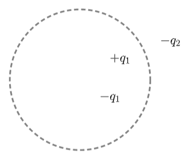A disk of radius having a uniformly distributed charge is placed in the plane with its centre at . A rod of length carrying a uniformly distributed charge is placed on the -axis from to . Two point charges and are placed at and , respectively. Consider a cubical surface formed by six surfaces, . The electric flux through this cubical surface is,
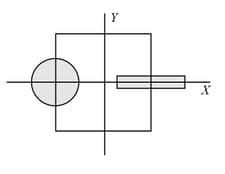


Important Questions on Electric Charges and Fields
Find the flux through the Gaussian surface, given that the radius of the circle is .
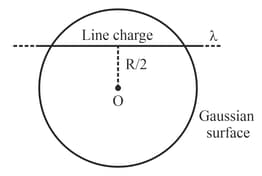
A long charged wire is kept on -axis, one end at origin. Its linear charge density varies as, Calculate the electric flux passing through the cylinder.
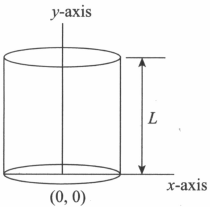
Two-point charges, each of magnitude , are kept at the centre of the cube and vertex . Find the flux through the shaded face.
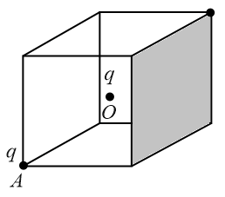
The figure below shows an imaginary cube of side A uniformly charged rod of length moves towards the right at a constant speed At the right end of the rod just touches the left face of the cube. Plot a graph between electric flux passing through the cube versus time .
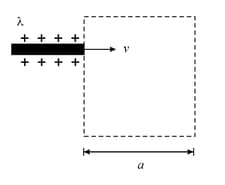
The figure shows a cube of side with edges parallel to the axes. The electric field is in positive direction but its magnitude changes such that it is at the bottom face and at the top face in SI units. Find the charge enclosed by the cube.
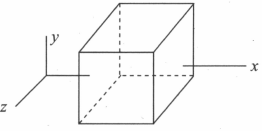
Consider the charge configuration and spherical Gaussian surface as shown in the figure. When calculating the flux of the electric field over the spherical surface, the electric field is due to
